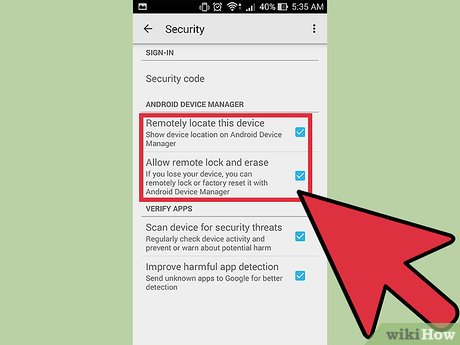Android device manager is an application that helps to manage and control the functions of a particular Android device. It provides a range of essential functions such as detecting an interrupted charging, removing a running application, monitoring the user’s keyboard interactions, controlling the screen brightness and performing other tasks. It is also capable of changing themes and enabling the users to customize their device settings. There are several versions of this software available for download on the Google Android Store. There are some advantages of using the Android device manager apart from controlling the operation functions of your device such as:
Android is a popular mobile operating system developed by Google. It is used to run a variety of devices including smartphones, tablets and computers. The software development kit (SDK) enables developers to create applications and customize the user interface of the software. The software development tools include the Android native development kit (NDK) and the Android runtime library (Runtify).
Android device manager performs a variety of tasks. For example it can be used to monitor the users charging status. It can also be configured to prevent users from installing applications if they do not have permission to do so. It can also be set to allow or deny different users to connect to the internet. This prevents malicious applications from accessing the sensitive data stored in the device. The software is also useful for performing regular maintenance checks of the device.
The android device manager allows android application developers to trace, isolate and debug the source code of the software. This functionality is very useful for debugging. In addition it helps android device users to uninstall software programs. It also allows users to manage their installed applications. For example, a user can remove a particular application that is not used frequently or an application that has been replaced by a newer version.
The android device manager monitors and controls several different functions of the android software. It displays a tree of applications that are listed alphabetically. Each type of application has a button that can be clicked to launch the software. It displays the currently installed applications as well as the ones that are being used or about to be used.
There are several different ways to use the android device manager. The first way is by selecting “manage” icon that is usually located on the far left of the screen. The “permissions” tab displays the different control permissions that are needed to access the device. The “permission” allows the user to specify which apps are able to access the data storage and multimedia capabilities. The “storage” tab controls the use of memory space.
The android device manager can also be used to stop certain applications from running. It can be used to limit the amount of time users spend in foreground and background activities. It can also be used to manage the privacy of the users and control the location based services. It displays all the managed services, applications and user settings in an orderly manner.
Since android devices are targeted at a very wide range of operating systems, many third party add-ons have been created to extend the functionality of the android device manager. Some of these add-ons provide more features such as file manager, email client, SMS app, and calculator. These android devices are mostly used by business people, since they are designed to be very simple to use and customize.
Another popular android device manager is the Hybrid android Device Manager. This software is mainly used for managing multiple connected devices via the android bridge. It displays the list of connected devices and allows the user to switch between them easily using a single page. It is designed to integrate with popular mobile applications such as google dialer and contact manager.
A better alternative to android device manager is the android System Monitor. It displays the current usage percentage of each service, app, and setting on your android device. With this tool, you will know how much resource is being consumed and when it needs more memory or resources. Another useful feature of android system monitor is the dashboard widget that allows the user to check the status of a certain android process. You can even stop or start individual processes. The android system monitor also has a backup and restore feature that allows you to backup your complete settings, user data and applications to an external flash drive or external PC.
android device manager is the most convenient way to track down and fix errors on your android devices. It gives you all the information you need in one screen. While you are using the device manager, you can check out the errors on the device and easily find out the culprit of them. You can also uninstall or install missing applications. However, if you are not able to uninstall an app, you can simply delete its service package. android device manager provides a smooth interface to help you run your device efficiently.

